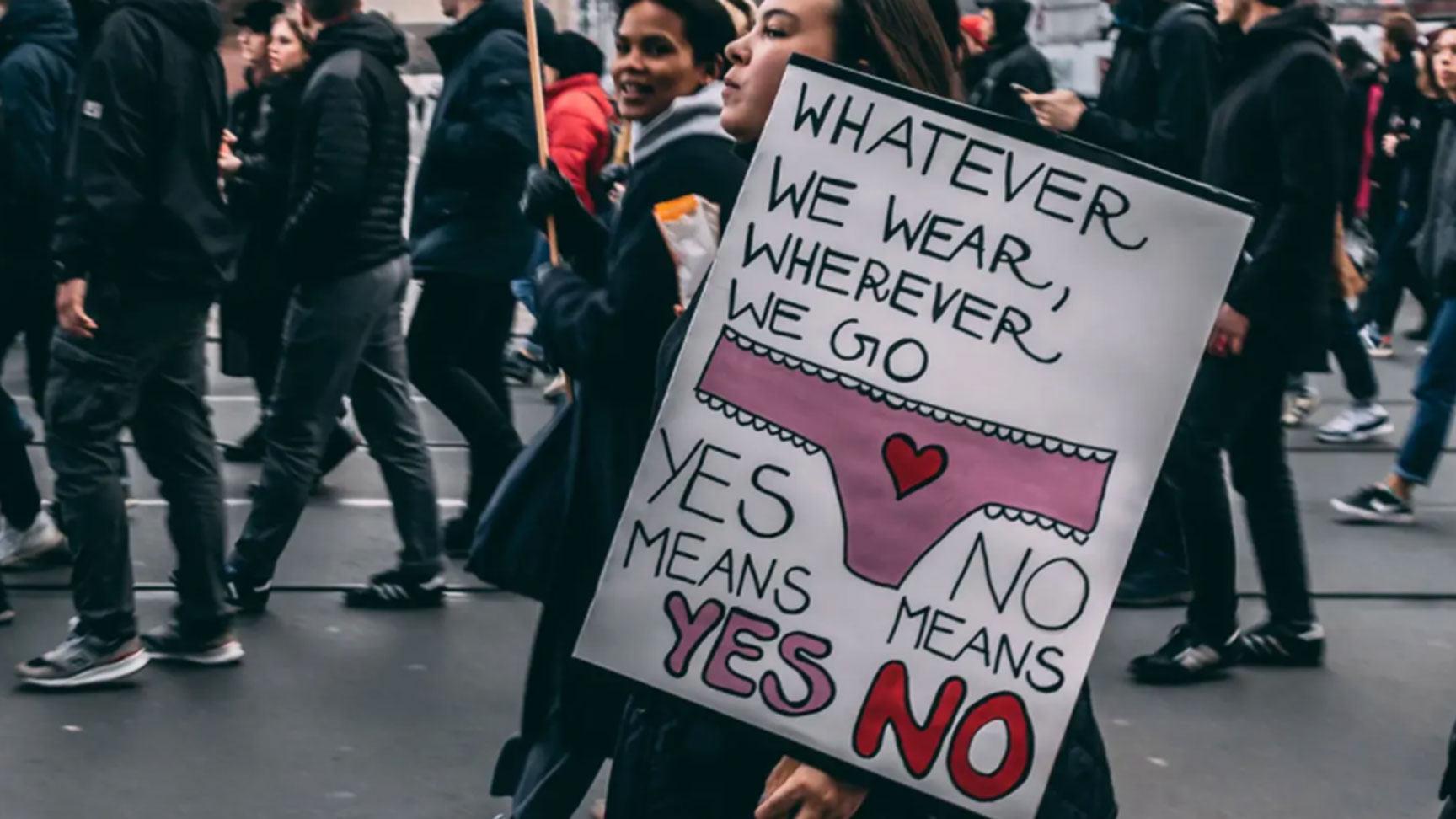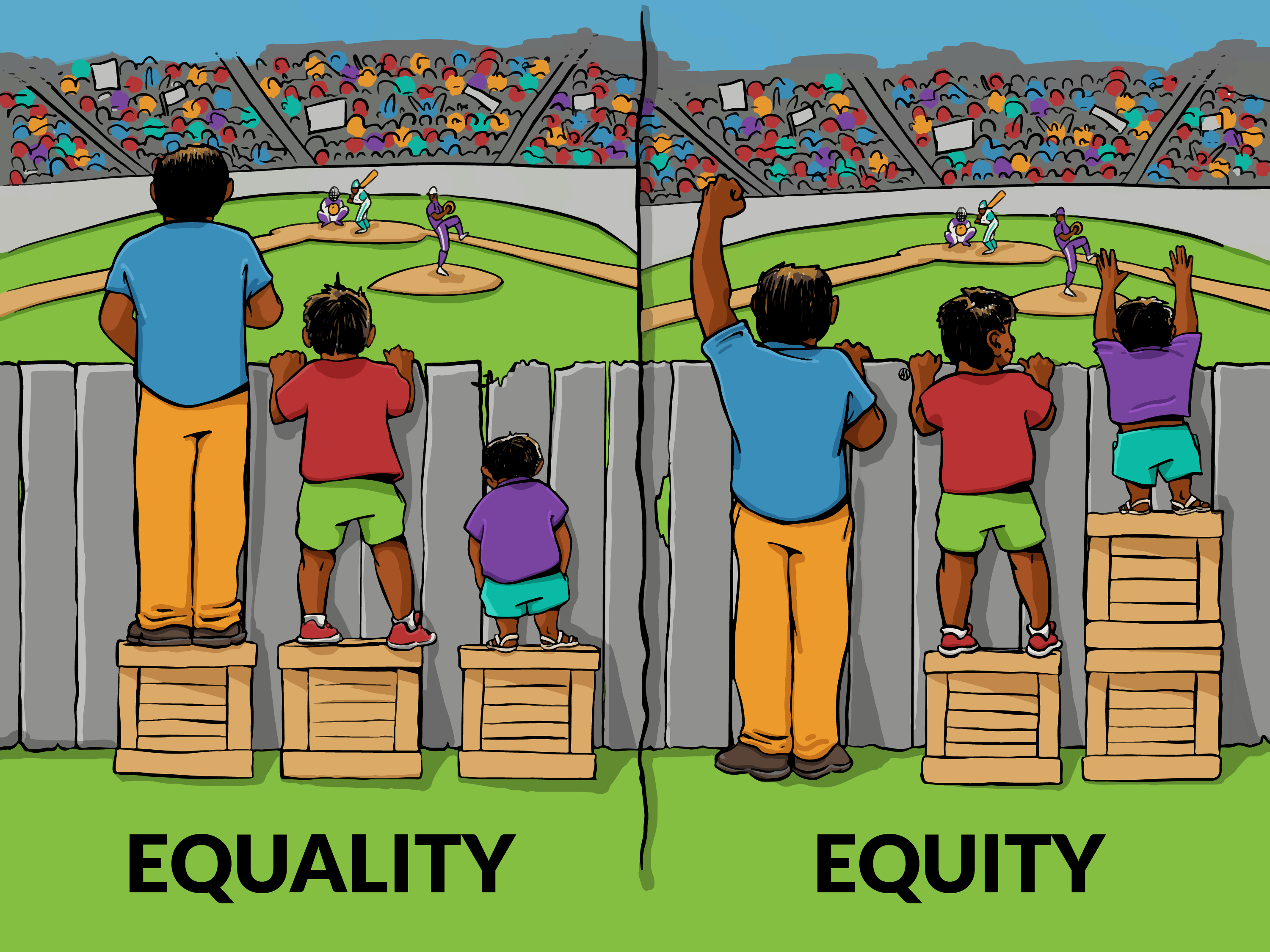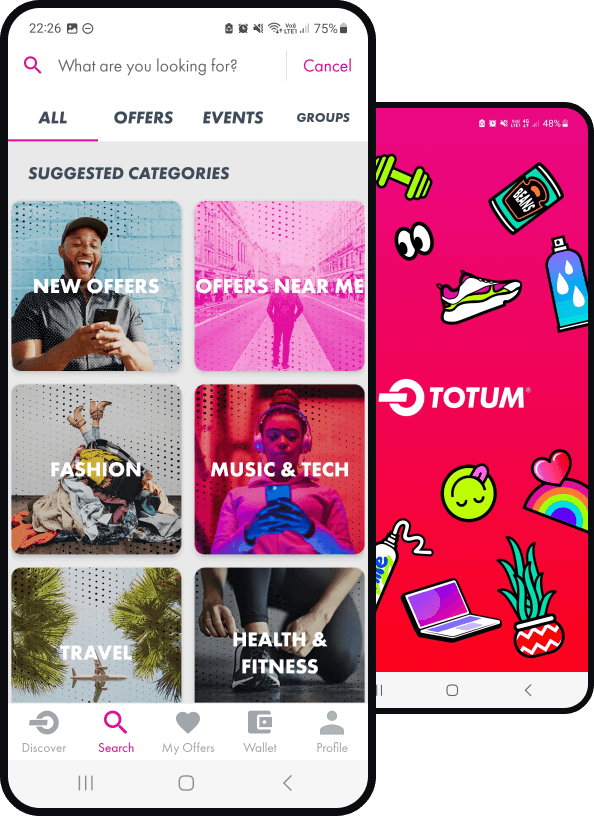International Women’s Day 2024: Why Promoting Gender Equity, Not Just Equality, Is So Important
Wondering what the difference between equity and equality is and why International Women's Day is still so important? Here's everything you need to know...
Each year on 8th March, people across the globe celebrate International Women’s Day - the awareness day dedicated to championing gender equality, celebrating hard-won rights and highlighting the work that still needs to be done to achieve liberation for all marginalised genders.
This year’s campaign theme is 'Inspire Inclusion', with the UN also designating 2024's theme as 'Invest in Women: Accelerate Progress' encouraging a focus on addressing economic disempowerment.
The theme emphasises the importance of diversity and empowerment and calls for action to break down barriers, challenge stereotypes, and create environments where all women are valued and respected.

Inspire Inclusion 'encourages everyone to recognise the unique perspectives and contributions of women from all walks of life, including those from marginalised communities', urging us to consider the unique barriers faced by women from underrepresented groups.
This in turn hopes to promote diversity in leadership and decision-making positions, but how exactly can it be achieved?
Well, to begin with, we need to consider the difference between gender equity and gender equality, and how the intersecting of identities means that some women are at a greater disadvantage than others and require additional support to achieve the same levels of equality.
Equity vs equality
Gender equality focuses primarily on the idea that women and non-binary people should be granted the same rights and opportunities as men, which is of course incredibly important. However gender equity is the means by which we achieve equality, focusing more on achieving equal outcomes - not just providing equal opportunities.
Essentially, equity addresses the barriers that have historically held women back and that continue to leave them at a disadvantage, working to provide the right support required for each individual to reach an equal outcome based on their needs.
This means recognising that we’re not all on a level playing field to begin with, and that some need extra support just to reach the same starting point.
Social Change UK succinctly summarises the difference between equality and equity, explaining: "Although both promote fairness, equality achieves this through treating everyone the same regardless of need, while equity achieves this through treating people differently dependent on need.
"This different treatment may be the key to reaching equality."

Equity analogy
One of the easiest ways to understand equity vs equality is by imagining a race between two people. Imagine that one of the runner’s starting points is much further back than the other runner’s starting point - meaning they already have a lot of catching up to do just to reach the same position that the other runner began at.
Equality would promote both runners being given the same starting time - which would be providing them with the same opportunity - whereas equity acknowledges that one of the runners is at a significant disadvantage and needs a head start to make up for their deficit.
Considering this analogy in the context of gender equity, what this means is that measures should be put in place to compensate for the historical and social disadvantages that prevent women and men from operating on a level playing field.
This doesn’t mean that one will be treated more favourably than the other, but rather they are being given the help and support they need to achieve equal outcomes.
Intersecting factors such as race, ethnicity, class, ability and sexual identity also come into play, meaning some women are at greater disadvantages than others.

In the US for example, as a result of factors such as motherhood penalties, gender discrimination and occupational segregation, women make 79 cents for every dollar men earn. A recent Chamber of Commerce report found that overall, full-time, year-round working women earn about 82% of what their male counterparts earn.
Similar wage disparities exist in the UK, with the gender pay gap among full-time employees increasing to 8.3% in 2022, up from 7.7% in 2021.
But for women of colour in particular, the reality is even worse.
Black women in the US earn only 64 cents for every dollar men earn, and for Latinas this drops to 54 cents.
To combat this and achieve gender equality for all, we must work on providing extra support and resources to those facing additional barriers.
How do we promote gender equity?

Using the workplace as an example, ways that we can promote gender equity include:
Challenging systemic biases
Some argue that opportunities should be given based solely on experience and merit, but Advita Patel writes for The Law Society that this would only be fair if systemic biases did not exist.
Unfortunately they do, meaning woman are far less likely to be given the same access to training and development, to suffer from working practices that do not allow for flexibility and to be failed by inadequate performance reviews.
For this reason, organisations should actively work on eradicating these biases in the workplace, whether that's amplifying women's voices or shutting down sexist jokes and microaggressions.
Develop skills and talent
Men are more likely to receive work-based training than women are. Leaders have a crucial role to play in ensuring training and development opportunities are shared equally across an organisation, with a particular emphasis on making sure those who are often left behind are included and provided with the right access to training.
Many organisations are now implementing women's leadership programmes to ensure women are granted fair and equal opportunities to progress in their careers.
Reimagine current policies and systems that hold women back
If the pandemic taught us anything, it's that systems and policies that were widely considered essential pre-Covid simply did not have to be that way.
A clear example is the move from in-person working environments to remote and hybrid work, and organisations should continue to reevaluate how outdated systems and policies can hinder their employees - especially those of marginalised genders in the context of gender equity.
Allowing for flexible work arrangements with no loss in hours and pay is one example, but there are many more that can help to drive gender equity in the workplace.
Join the TOTUM club!
Join TOTUM Student for FREE to access hundreds of student discounts on big-name brands like ASOS, Apple, MyProtein, boohoo, Samsung, and more!
Sign up for FREE, download the TOTUM app, and enjoy the latest offers, vouchers, coupons and more at your fingertips. Find out more.
Download The TOTUM App

Stories like this

Best Discounts For Your April 2024 Student Loan Drop
Looking for the best student discounts and offers to help your April student loan drop go further? We've got you...

Students May Soon Be Made To Pay Council Tax
A campaign calling for an end to student council tax exemptions has been launched after it was found that Durham County Council is losing £11m.

Top University Accessories 2024
Wondering which accessories to pair with your essential university laptop for both style and functionality? Check out our top picks to enhance your success!









